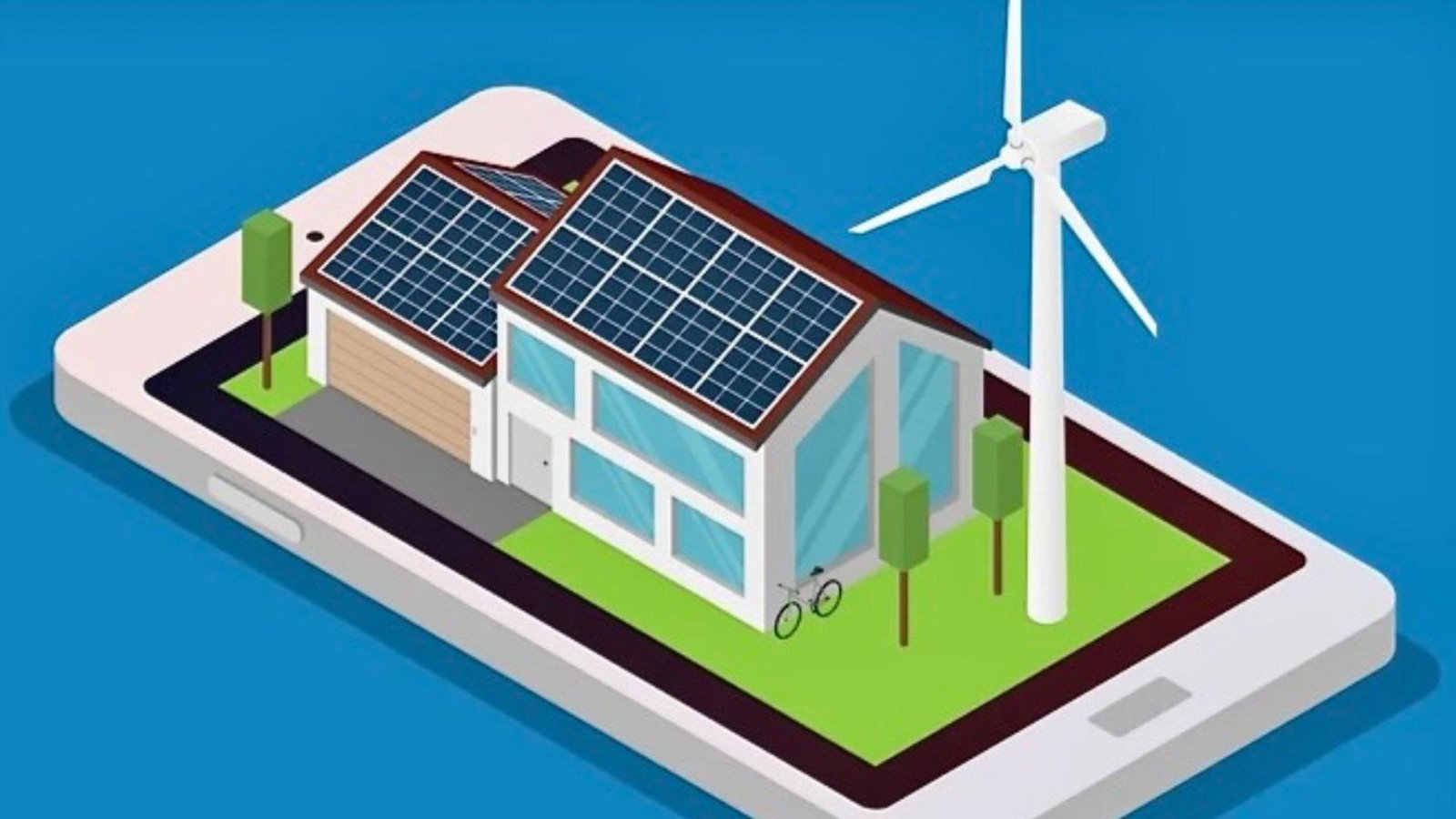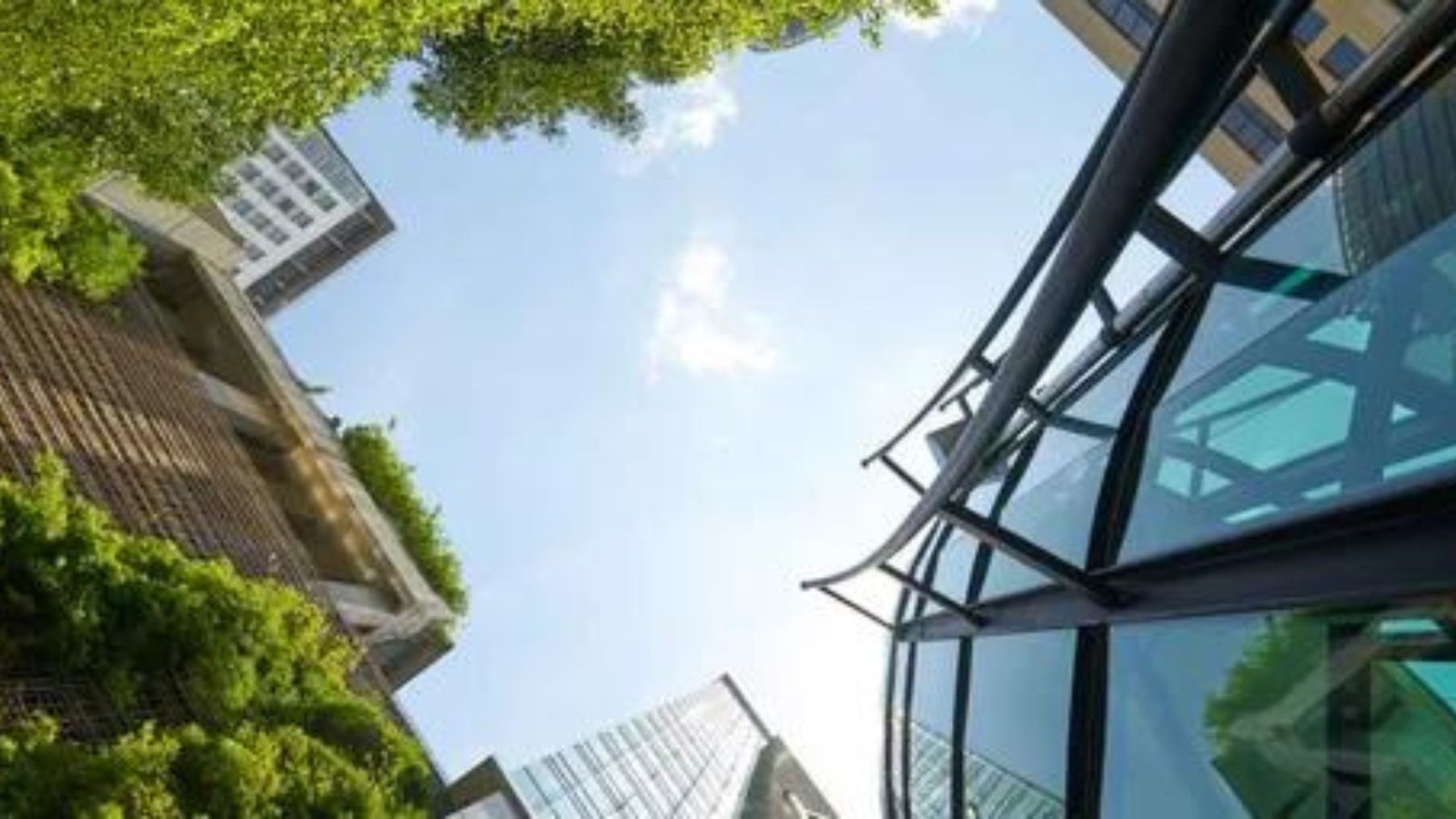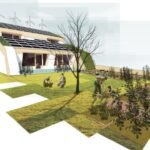The Difference Between Built Green and Net Zero
When discussing sustainable building practices, “Built Green” and “Net Zero” often come up. These terms represent different strategies for reducing environmental impact. This article will explain the difference between Built Green and Net Zero. Additionally, we will explore what each term means, their benefits, and how they compare.

What is Built Green?
- Definition
- Firstly, Built Green refers to a certification program. It focuses on environmentally friendly building practices. Buildings that are Built Green use sustainable materials and methods. Thus, they aim to reduce energy use and improve indoor air quality.
- Sustainable Materials
- Built Green buildings use sustainable materials. For instance, they might use recycled materials or resources that are renewable. Consequently, this helps lower the environmental impact of construction.
- Energy Efficiency
- Furthermore, Built Green buildings incorporate energy-efficient systems. They may have better insulation, energy-efficient windows, and efficient lighting. Therefore, this reduces the amount of energy needed for heating and cooling.
What is Net Zero?
- Definition
- On the other hand, Net Zero buildings are designed to produce as much energy as they use. They achieve this balance by generating their own energy through renewable sources. For example, they may use solar panels or wind turbines.
- Energy Generation
- Net Zero buildings focus on generating energy. They use renewable energy sources to cover all their energy needs. As a result, this approach eliminates reliance on external energy sources and reduces utility bills.
- Energy Efficiency
- In addition, Net Zero buildings are highly energy-efficient. They use advanced insulation, high-performance windows, and efficient systems. Thus, this minimizes energy consumption and supports the goal of achieving net zero energy use.
Key Differences
- Focus
- The main difference between Built Green and Net Zero is their focus. Built Green focuses on sustainable building practices and materials. It aims to reduce the environmental impact of construction. In contrast, Net Zero focuses on balancing energy use and generation. It aims to produce as much energy as the building consumes.
- Certification vs. Performance
- Built Green is often associated with certification programs. Buildings are certified based on their adherence to sustainable practices. Conversely, Net Zero is more about performance. A Net Zero building must demonstrate that it produces enough energy to offset its consumption.
- Energy Goals
- Built Green buildings have energy goals, but they do not necessarily achieve net zero energy use. They focus on improving energy efficiency and reducing consumption. However, Net Zero buildings achieve a precise balance between energy use and production. They must generate enough energy to meet their needs.
Benefits of Built Green
- Environmental Impact
- Built Green buildings have a lower environmental impact. They use sustainable materials and reduce waste. Consequently, this helps protect natural resources and reduce pollution.
- Indoor Air Quality
- Additionally, these buildings often have better indoor air quality. By using low-emission materials and improving ventilation, they create healthier living environments.
- Energy Savings
- Built Green buildings can lead to energy savings. Although they may not achieve net zero status, their energy-efficient systems still reduce utility bills.
Benefits of Net Zero
- Cost Savings
- Net Zero buildings offer significant cost savings. By generating their own energy, they reduce or eliminate utility bills. As a result, this can lead to substantial financial savings over time.
- Environmental Benefits
- Net Zero buildings provide environmental benefits. They produce no net carbon emissions and reduce dependence on fossil fuels. Consequently, this helps combat climate change and promotes sustainability.
- Energy Independence
- Furthermore, Net Zero buildings offer energy independence. They are less affected by energy price fluctuations and power outages. Therefore, this ensures a stable energy supply for occupants.
Conclusion: Built Green vs. Net Zero
In conclusion, Built Green and Net Zero are both important in sustainable building. Built Green focuses on environmentally friendly practices and materials. It aims to reduce the environmental impact of construction. On the other hand, Net Zero focuses on achieving a balance between energy use and generation. It aims to produce as much energy as the building consumes. Both approaches offer benefits and contribute to a more sustainable future.



